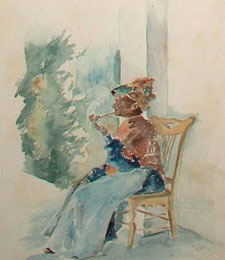Nancy McGruder
 No one really knows when Nancy Mcgruder was born but according to James Dinsmore’s documents, it must have been about 1810. She was bought as a slave by John Minor from a Kentucky slave trader. A few years before Minor and Dinsmore purchased a plantation in Louisiana in 1828, James bought Nancy and several other slaves from Minor, later moving her to his Bayou Black plantation. Although Nancy mostly worked in the house, James also hired her out to neighbors. In family documents, Nancy was included in a household with an enslaved man, Vincent, who was owned by someone other than Dinsmore.
No one really knows when Nancy Mcgruder was born but according to James Dinsmore’s documents, it must have been about 1810. She was bought as a slave by John Minor from a Kentucky slave trader. A few years before Minor and Dinsmore purchased a plantation in Louisiana in 1828, James bought Nancy and several other slaves from Minor, later moving her to his Bayou Black plantation. Although Nancy mostly worked in the house, James also hired her out to neighbors. In family documents, Nancy was included in a household with an enslaved man, Vincent, who was owned by someone other than Dinsmore.
When James sold his plantation in 1842, he proposed leaving Nancy and hiring her out to the new owner. He was told that the new family already had enough slaves to work in their home and would send Nancy out to the fields to work if she were left with them. Nancy indicated to James that she would rather go to Kentucky with the Dinsmore’s than stay in Louisiana and work in the fields, so she accompanied the family north. This indicates that, though her husband was going to be left behind in Louisiana, she may have expected to find some family or at least better living conditions in Kentucky.
Once in Kentucky, Nancy Mcgruder joined the local Baptist church on Middle Creek. Although James built two slave cabins on his farm, these would have likely been filled by the ten other enslaved African Americans on the property. Nancy may have lived in the back part of the kitchen cabin; this would have allowed her to always be close to the kitchen fire and serve as cook. She also may have lived in her own cabin near the present-day Roseberry house.
Nancy was the only slave on the property that is known to have run away. She left the Dinsmore family in September of 1865 – after most slaves in the United States had been freed but before those in Kentucky were. She was “excluded” from her church for leaving the state “in a disorderly manner.” By 1870, Nancy was living with and employed by a white family in Oxford, Ohio. After James’ death, Julia Dinsmore noted in her journal that Nancy visited her occasionally and letters from Nancy indicate that she still relied on the Dinsmore family for money when she was in need.
As she aged, Nancy had trouble finding work and in the early 1880s, she eventually returned to the farm in Boone County for good. She lived for twenty more years, moving into the kitchen cabin after her cabin burned. Her death and funeral in 1906 were recorded in detail by Julia Dinsmore, as was her burial in the family graveyard. To remember the woman who had been a large part of her childhood and adult life, Julia saved Nancy’s tobacco pipe and eyeshade, and the 1901 watercolor painting of Nancy that was painted by Isabella Selmes was placed on the dining room mantle where it remains today.
